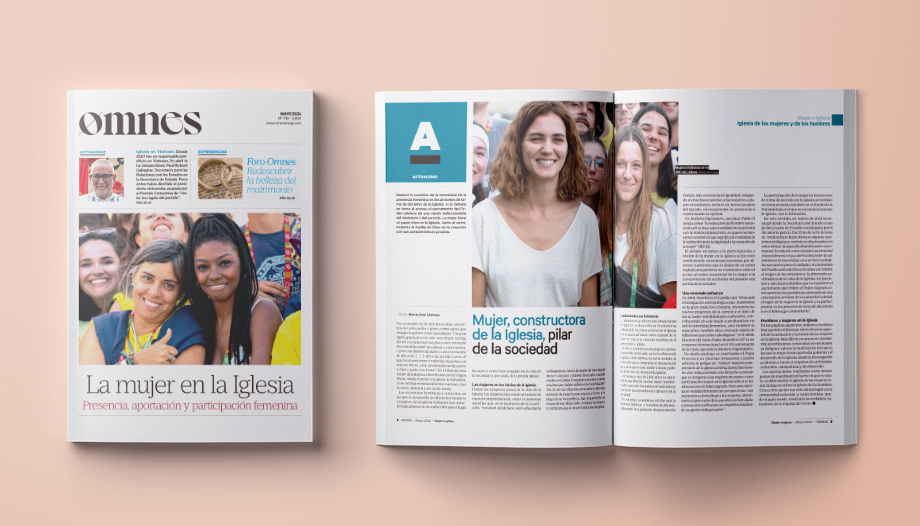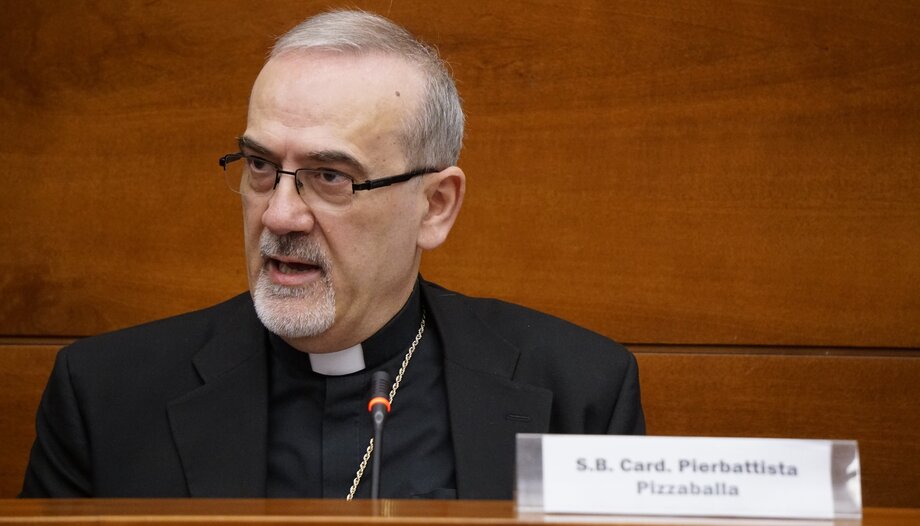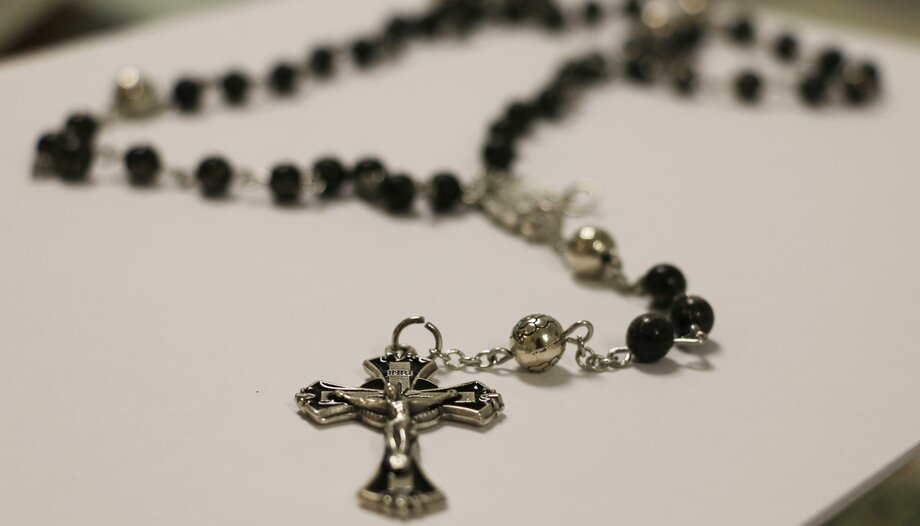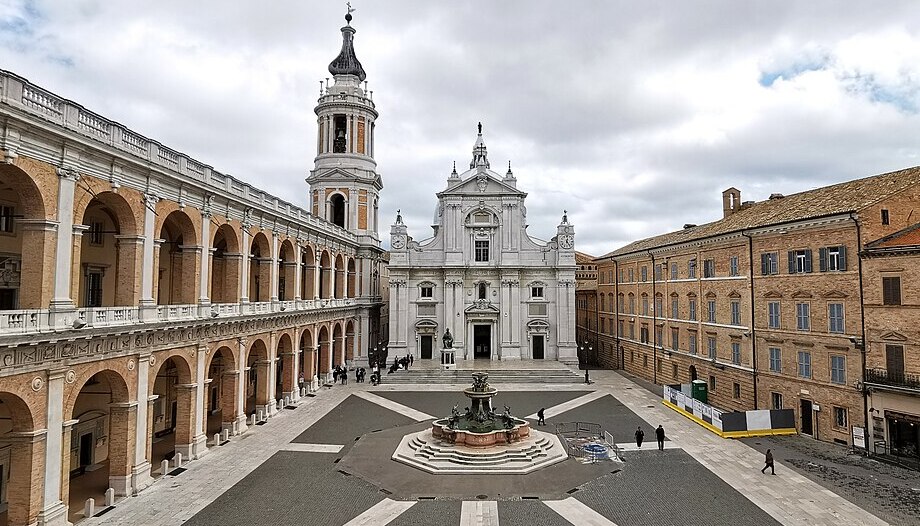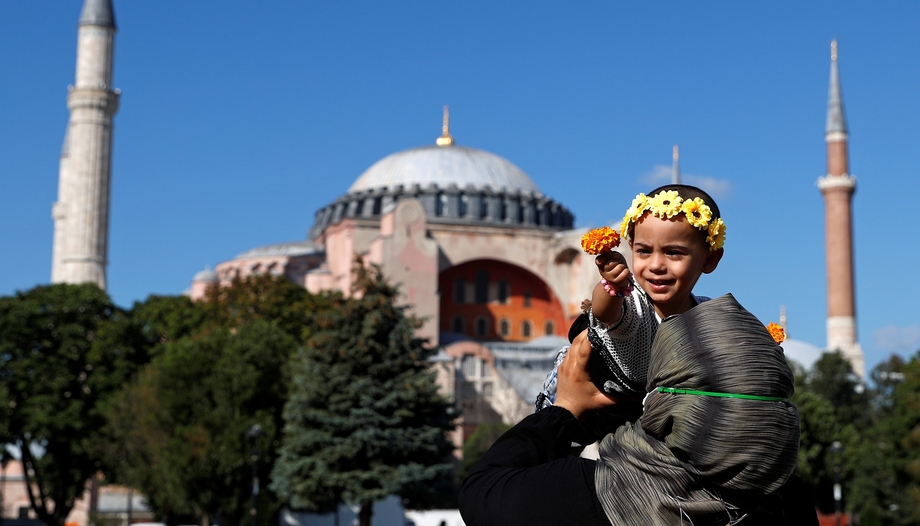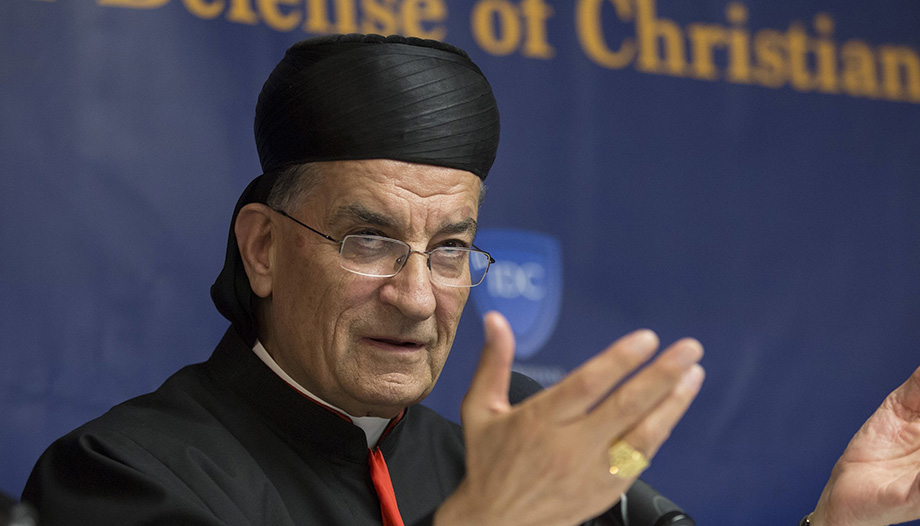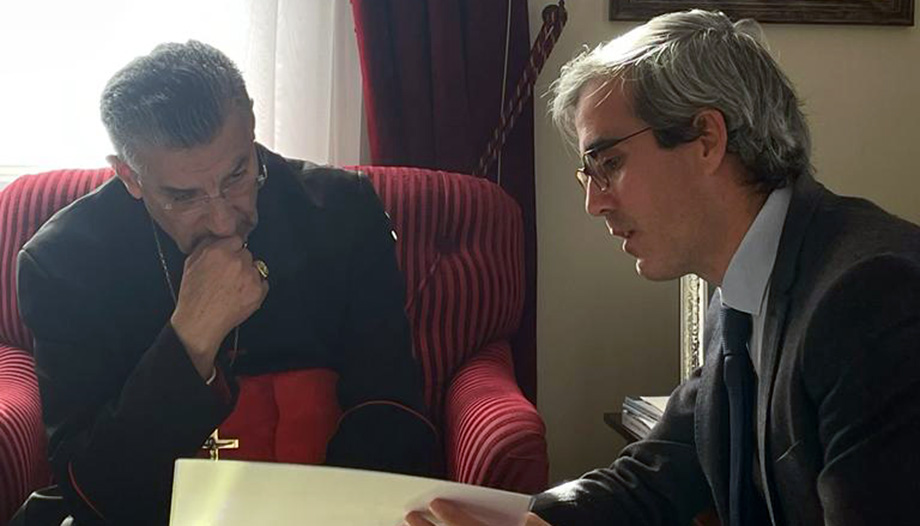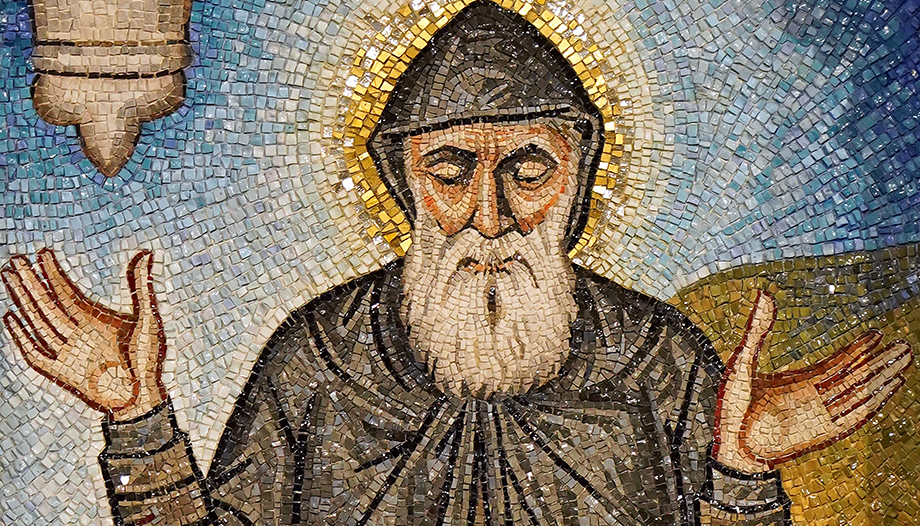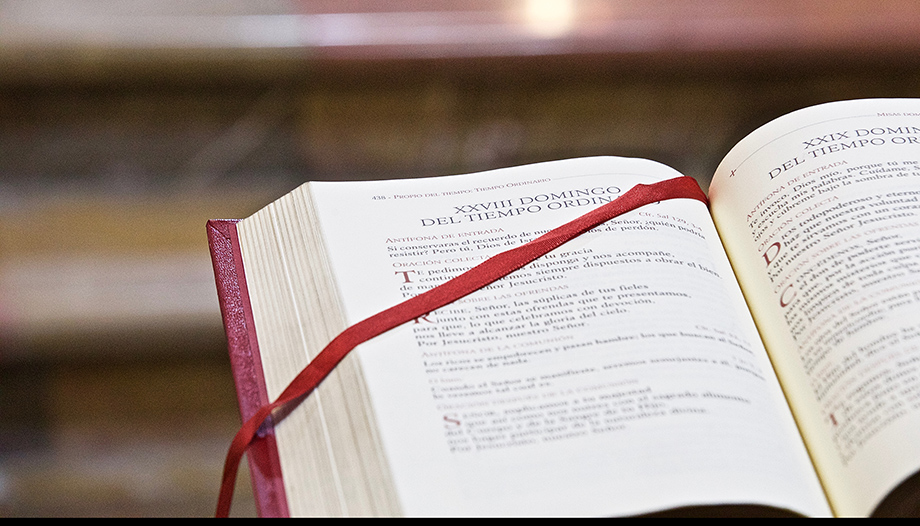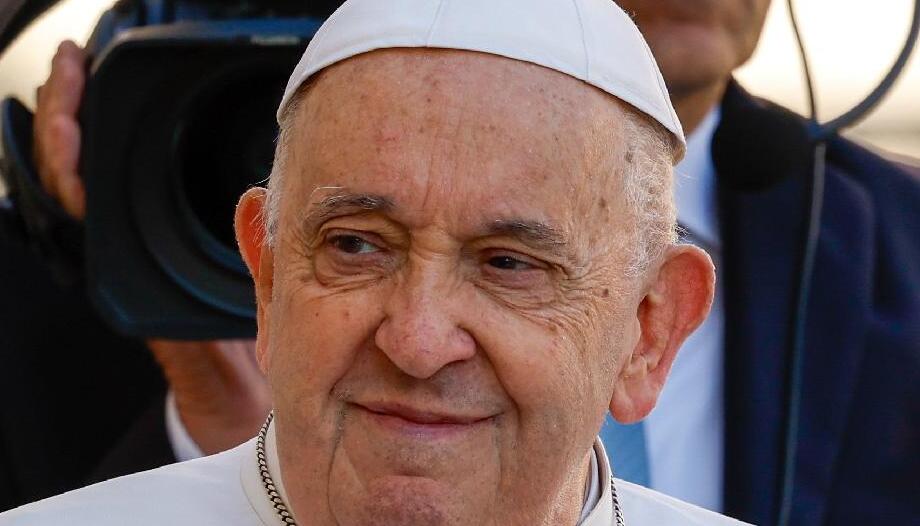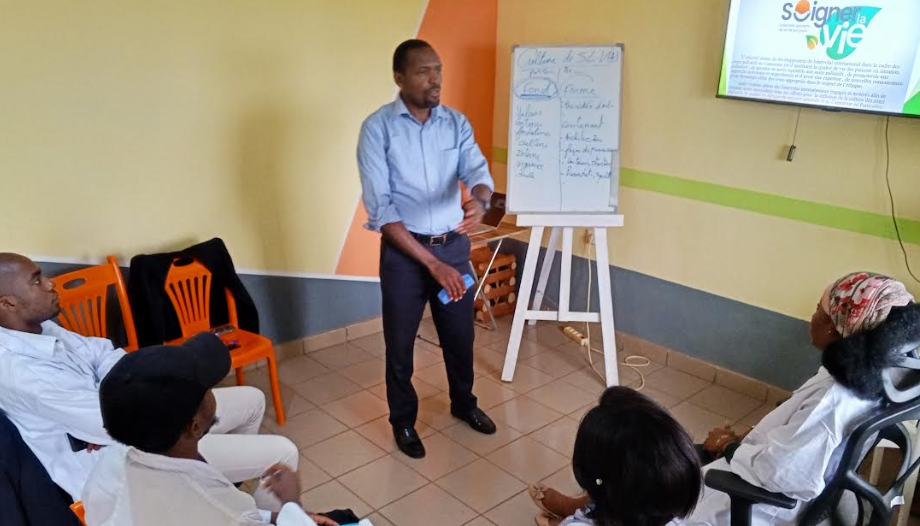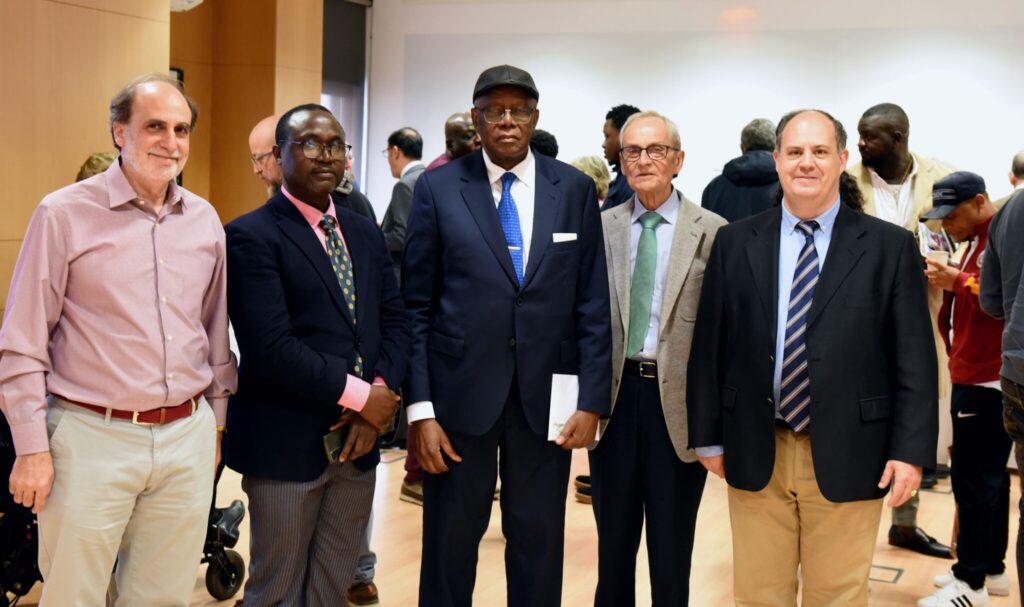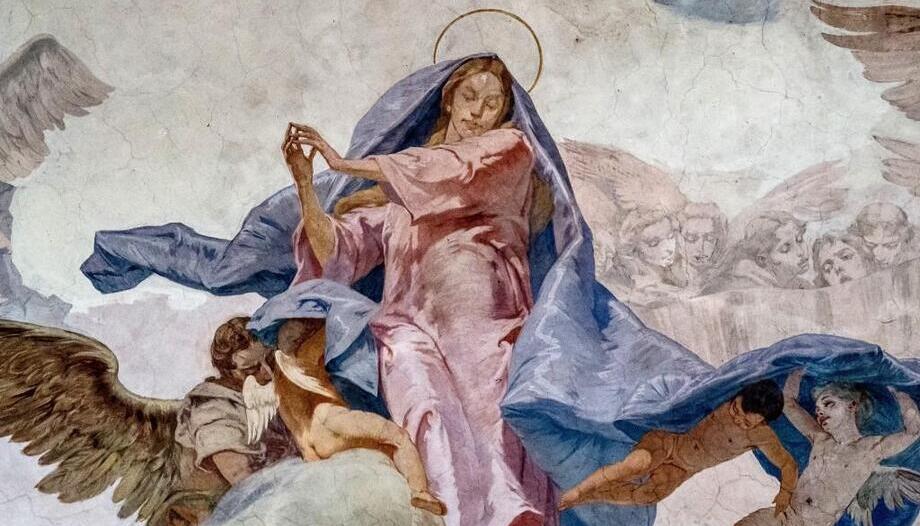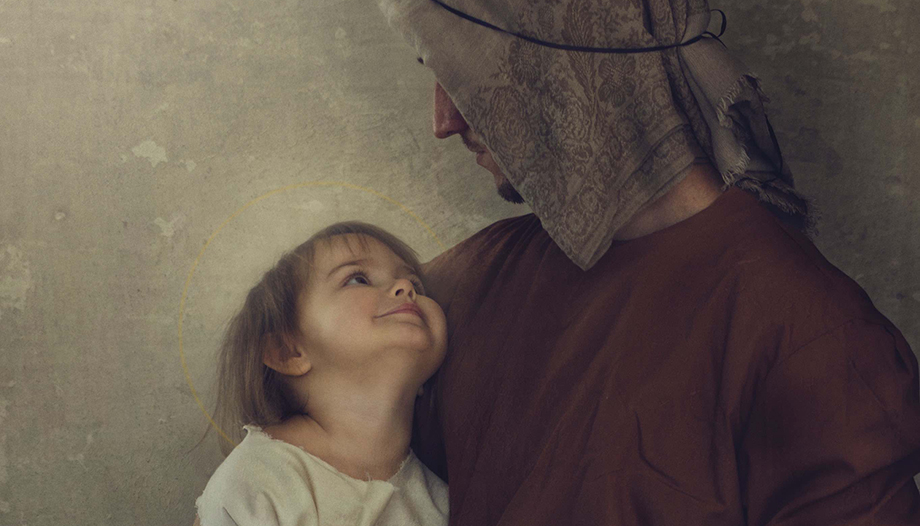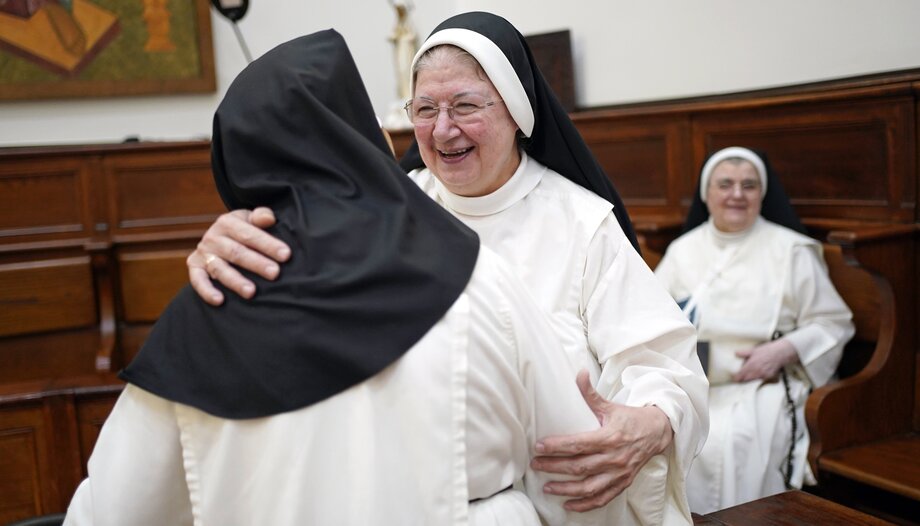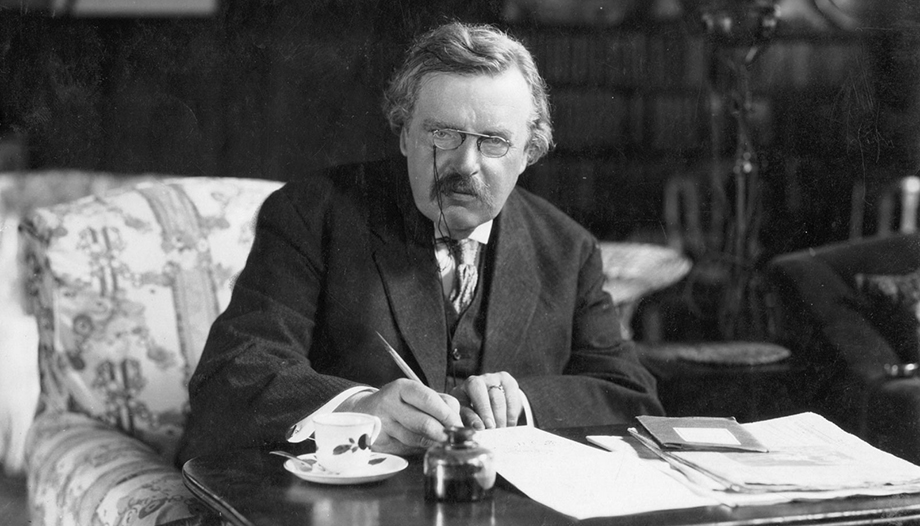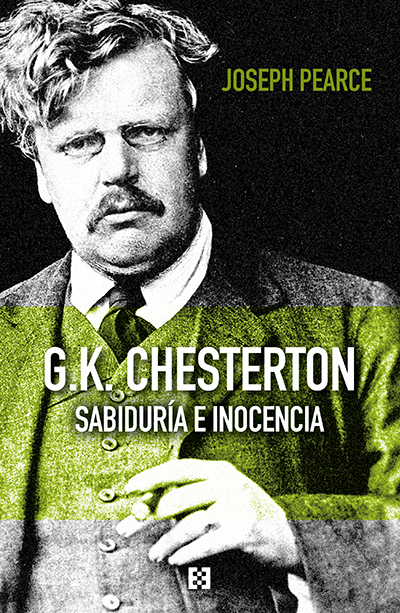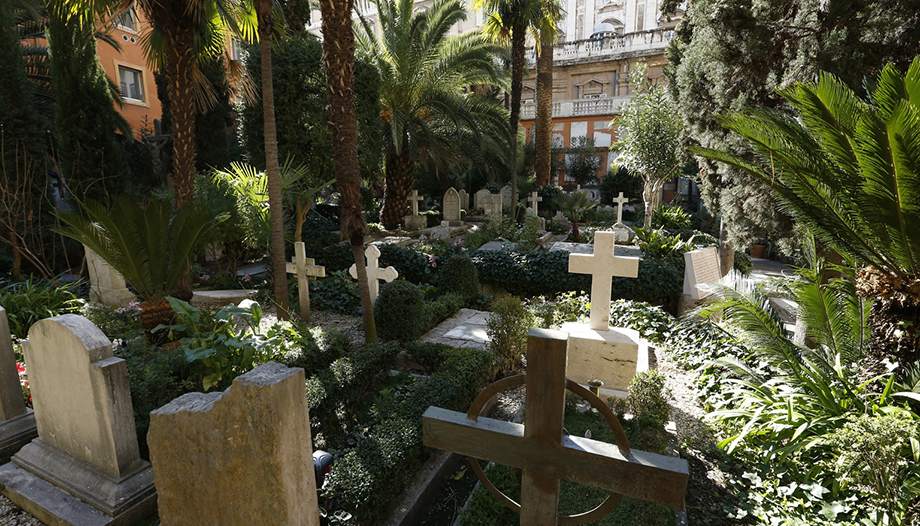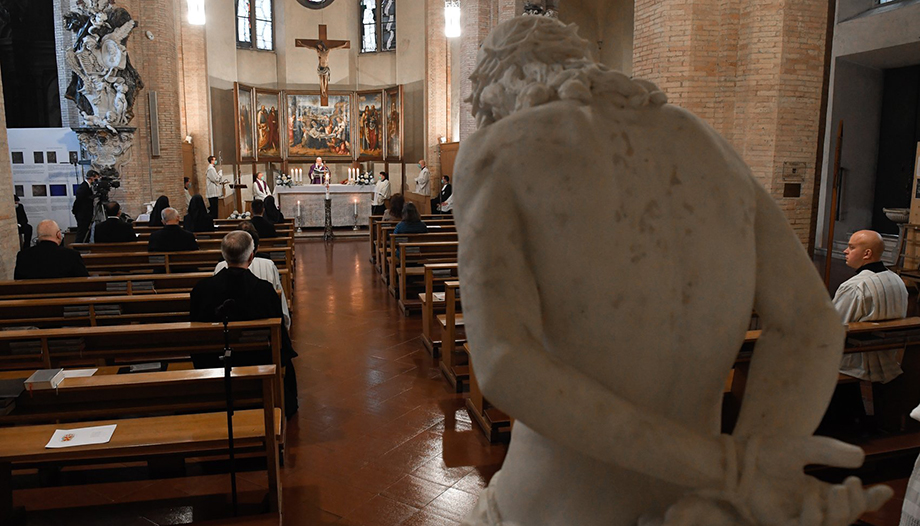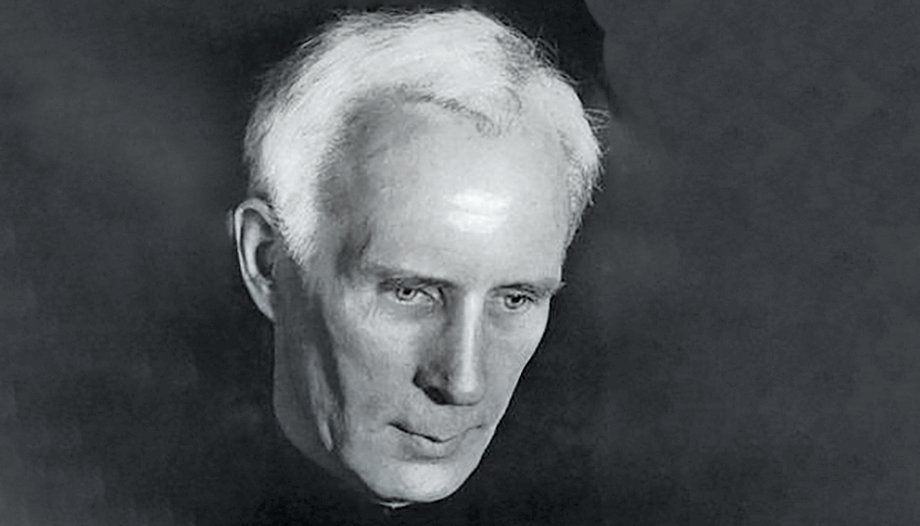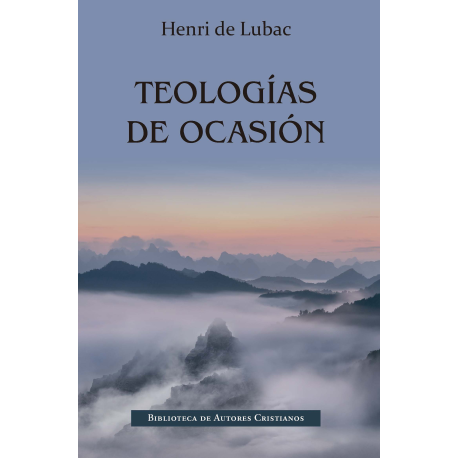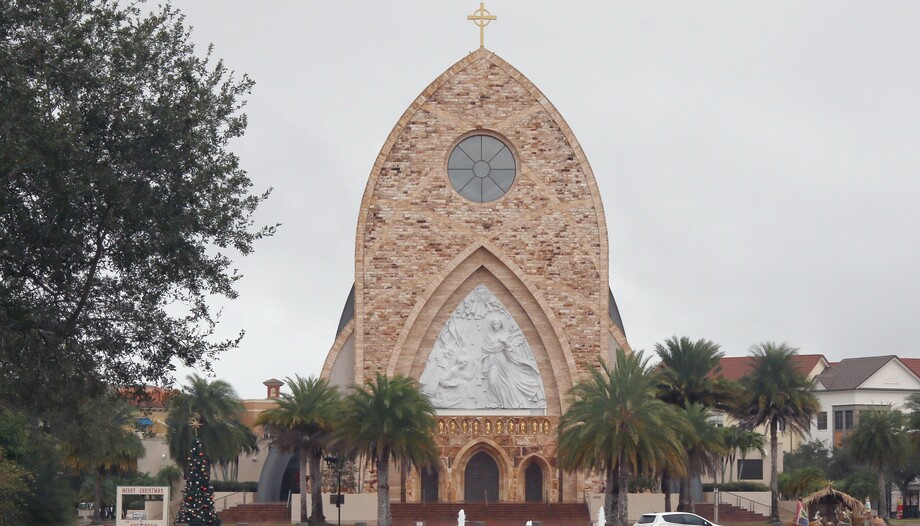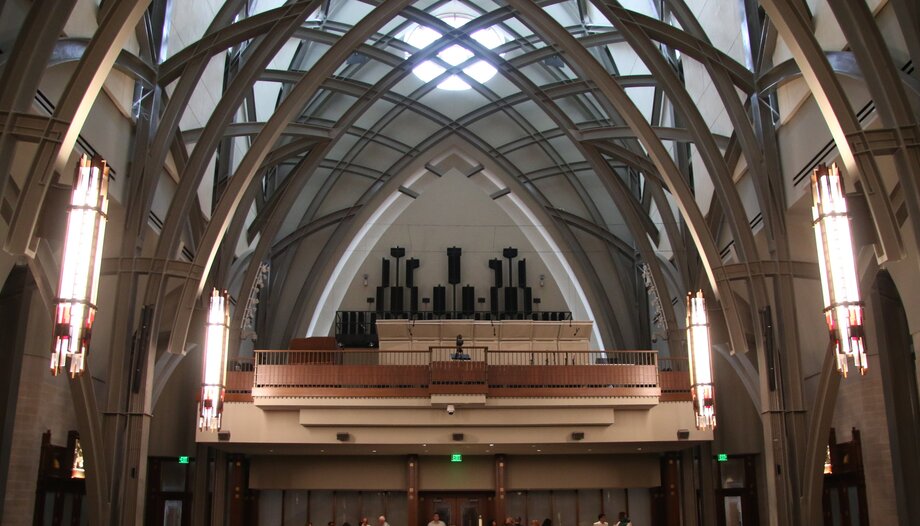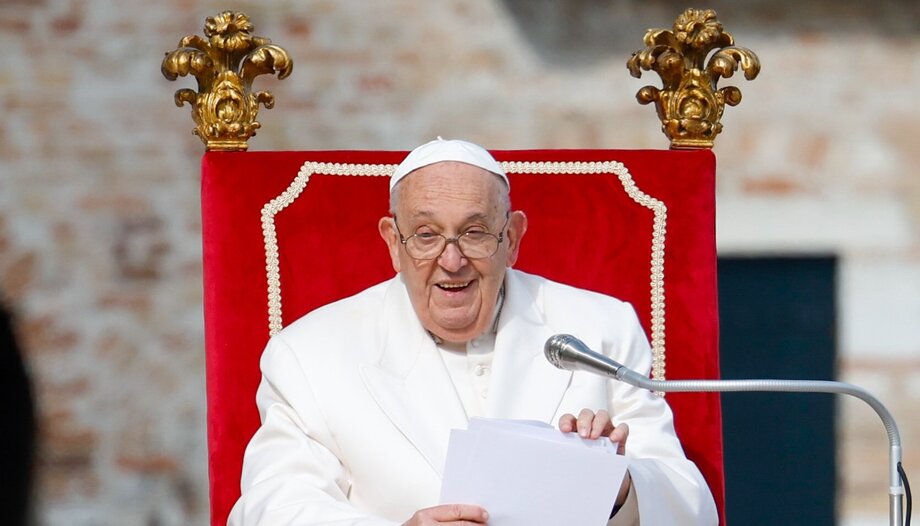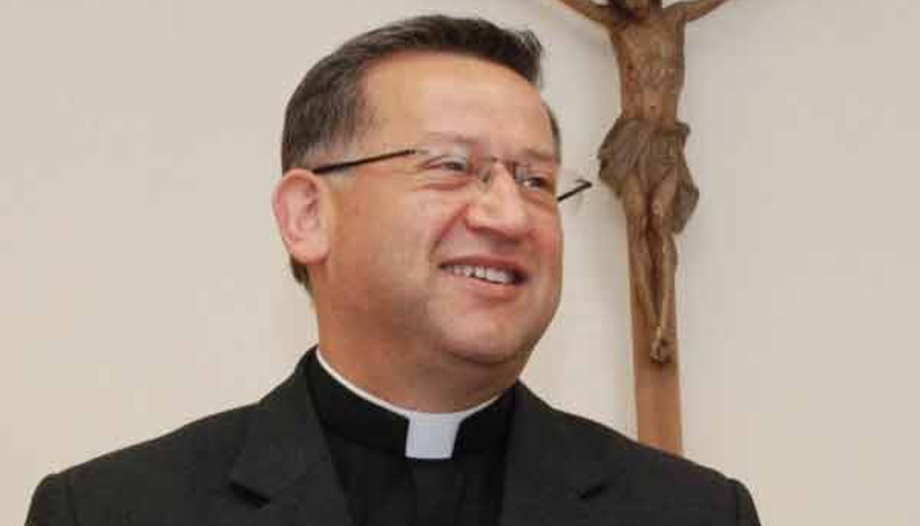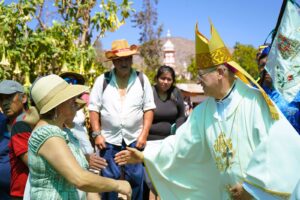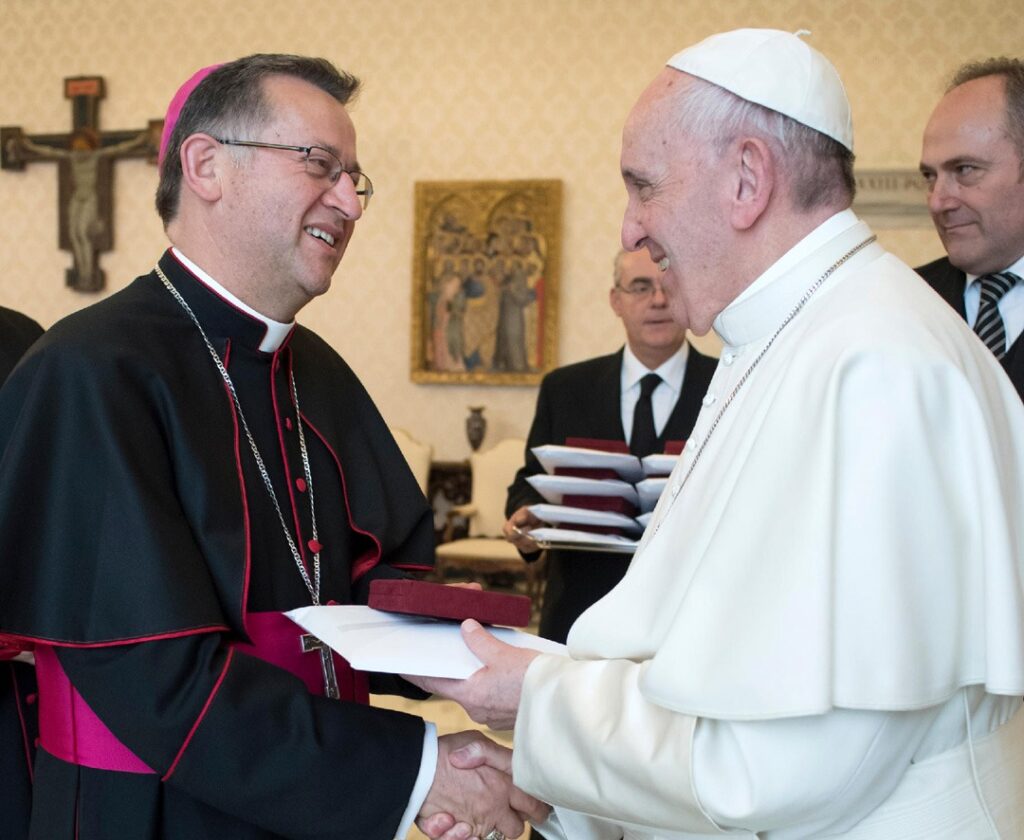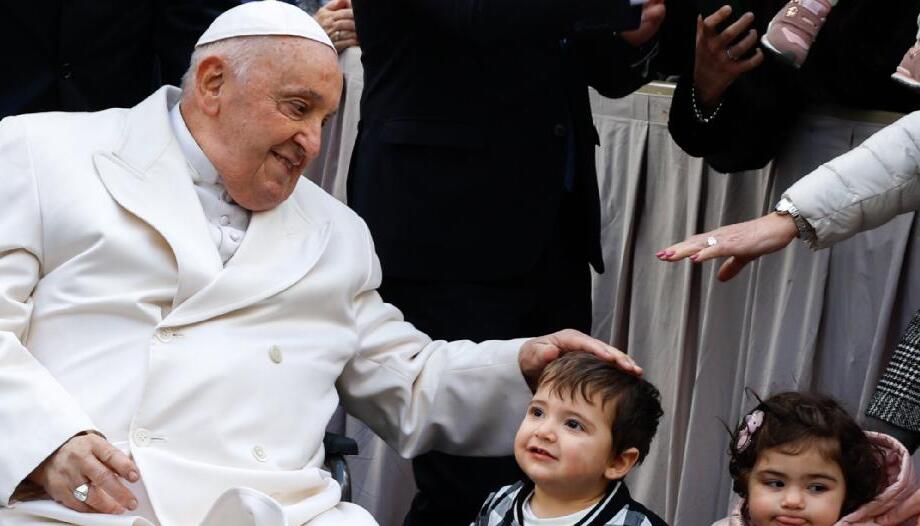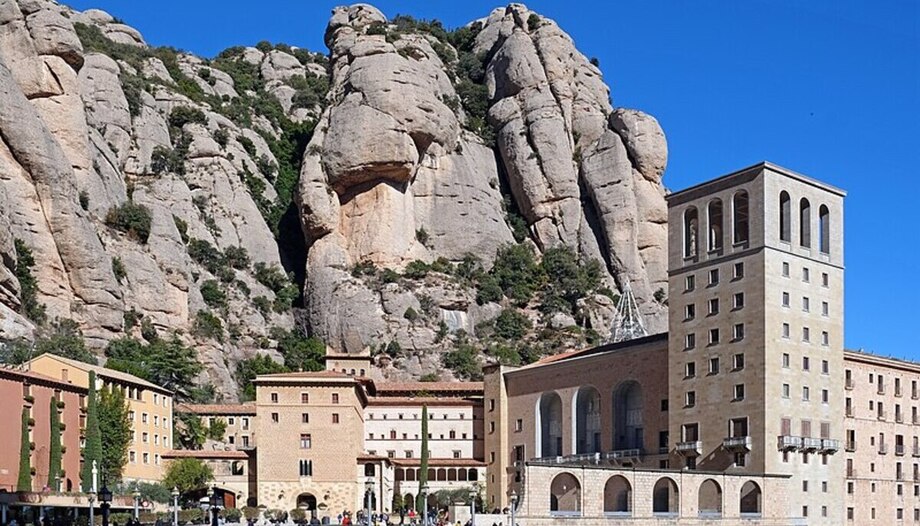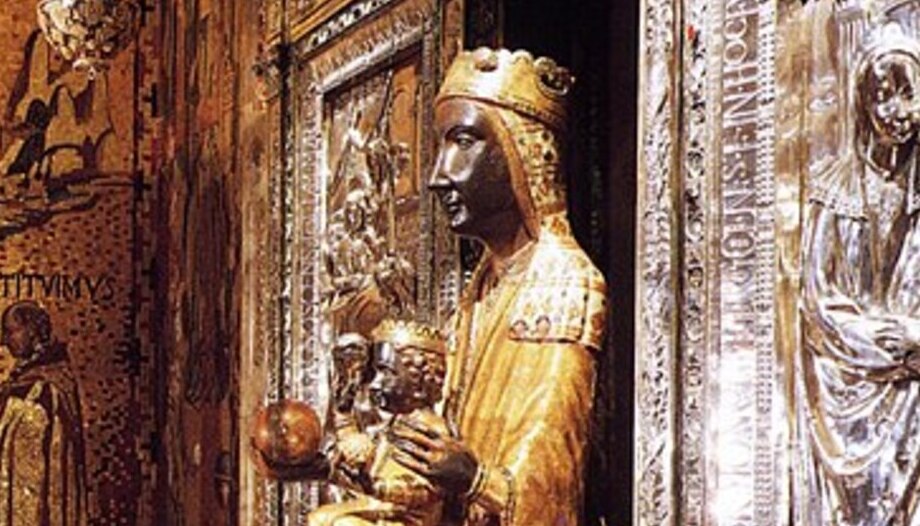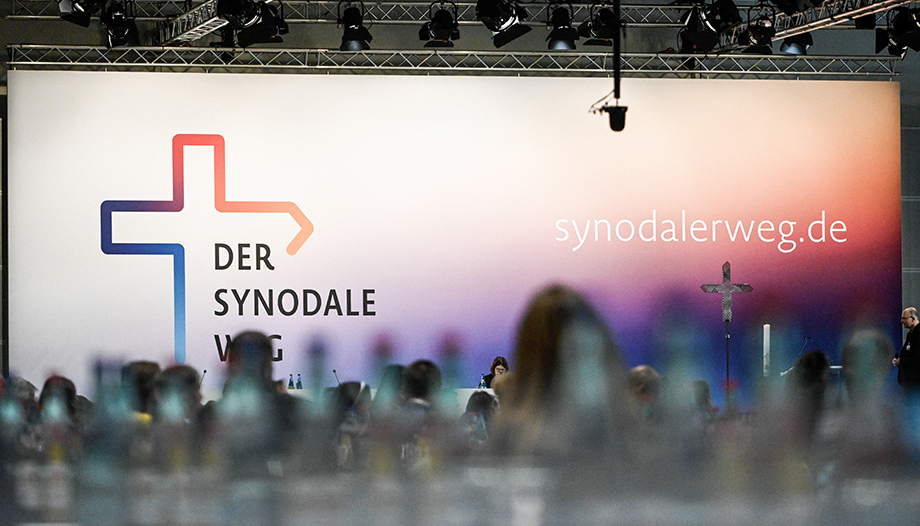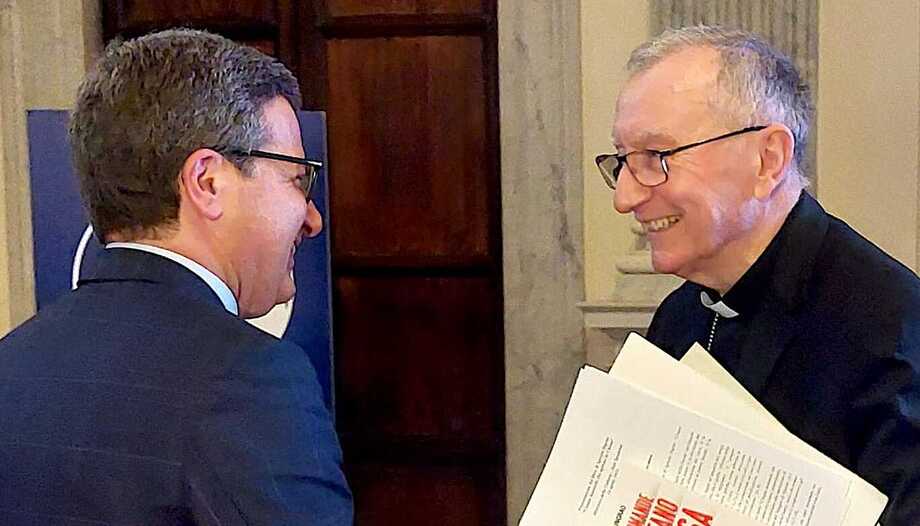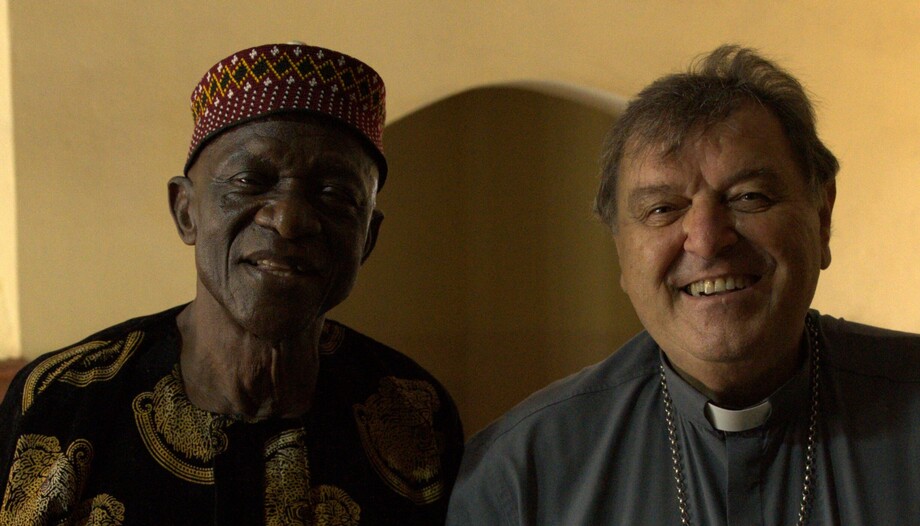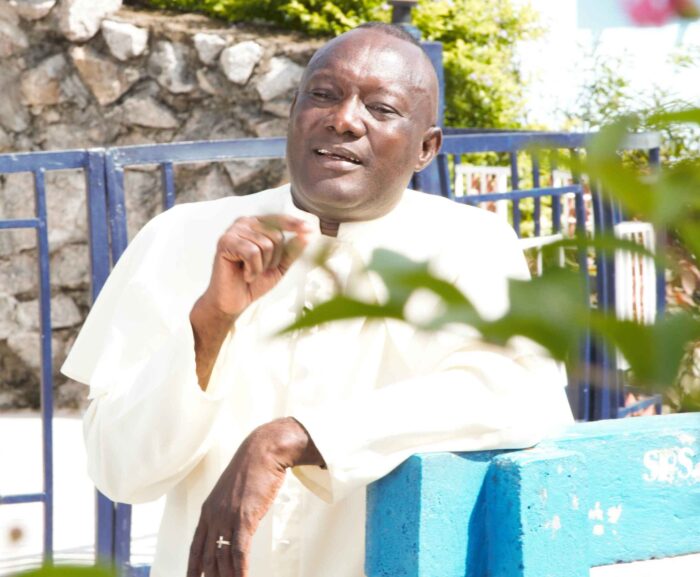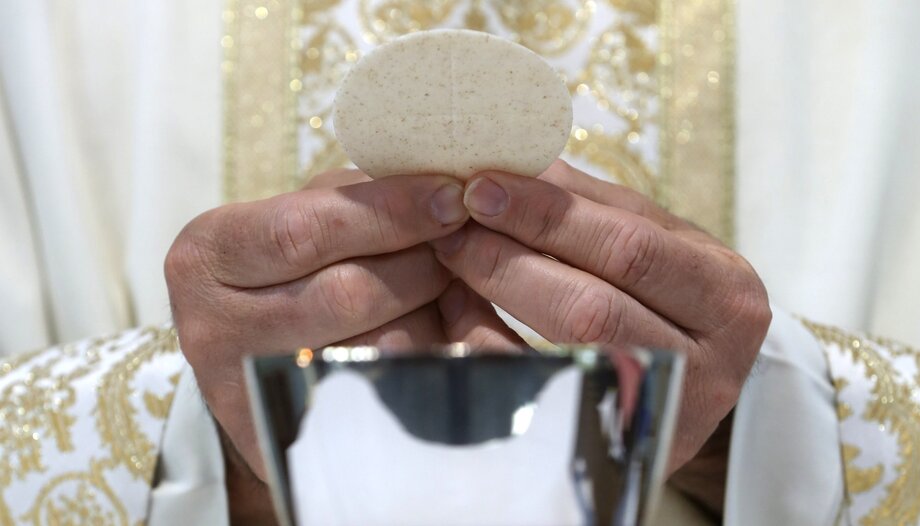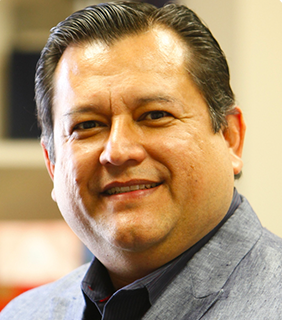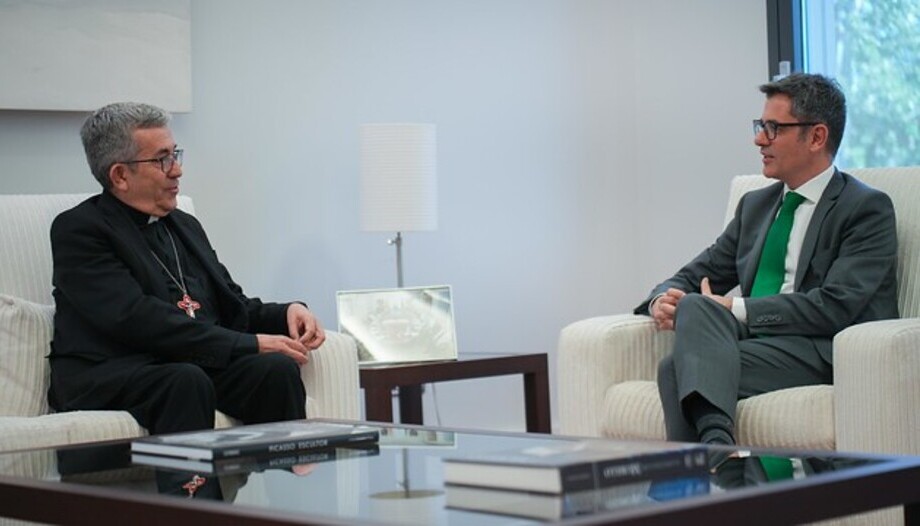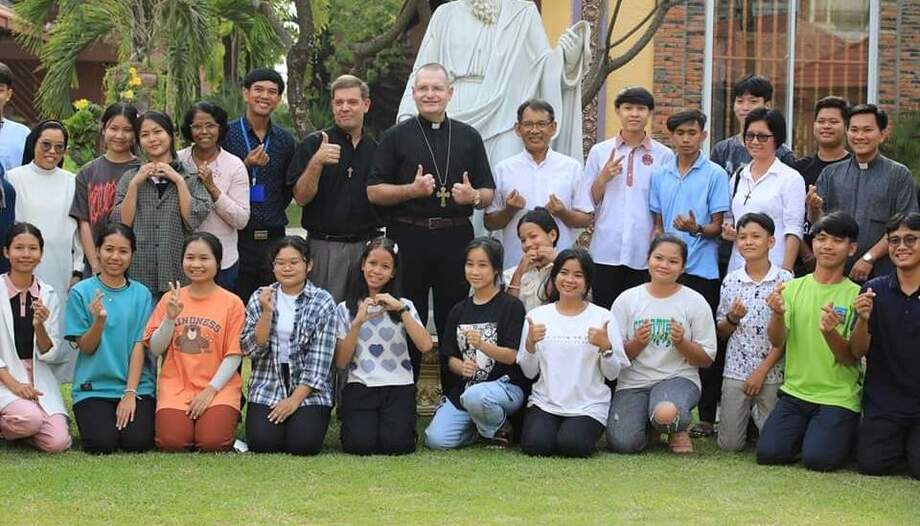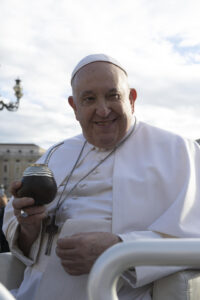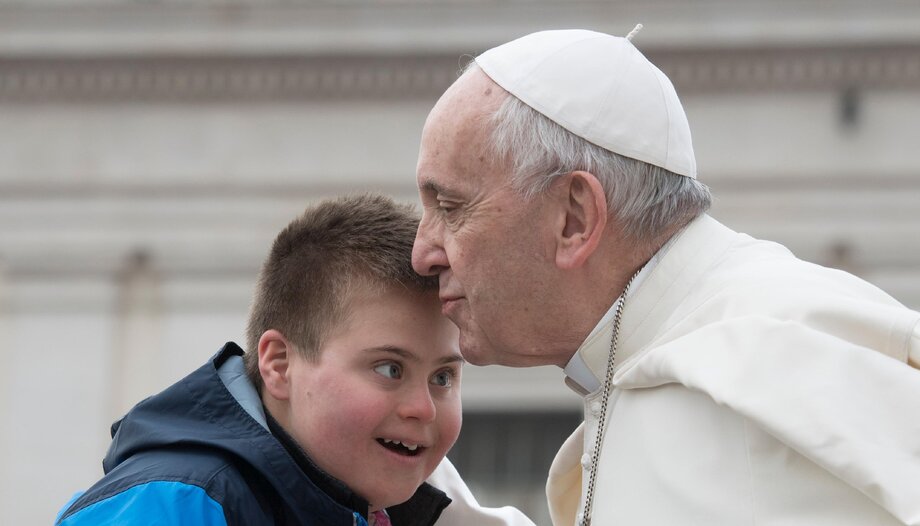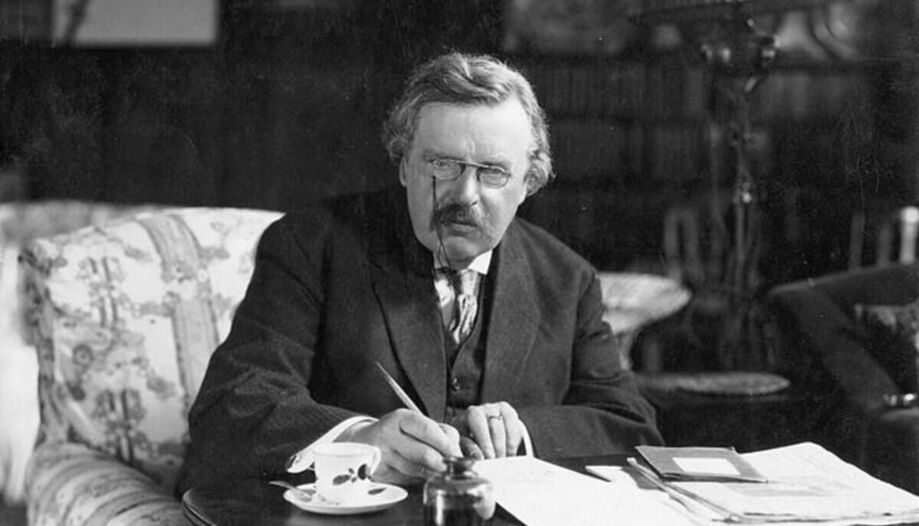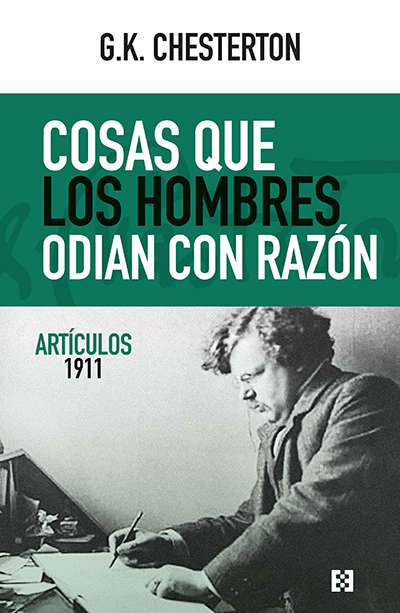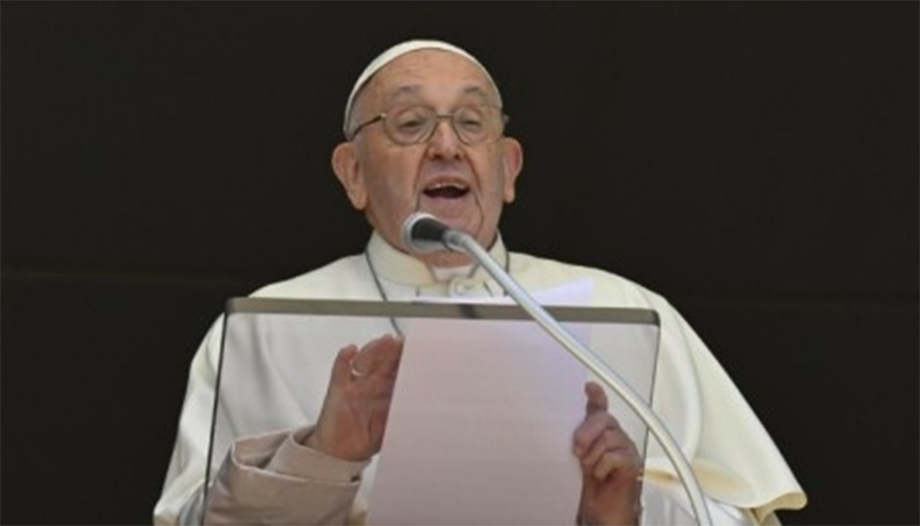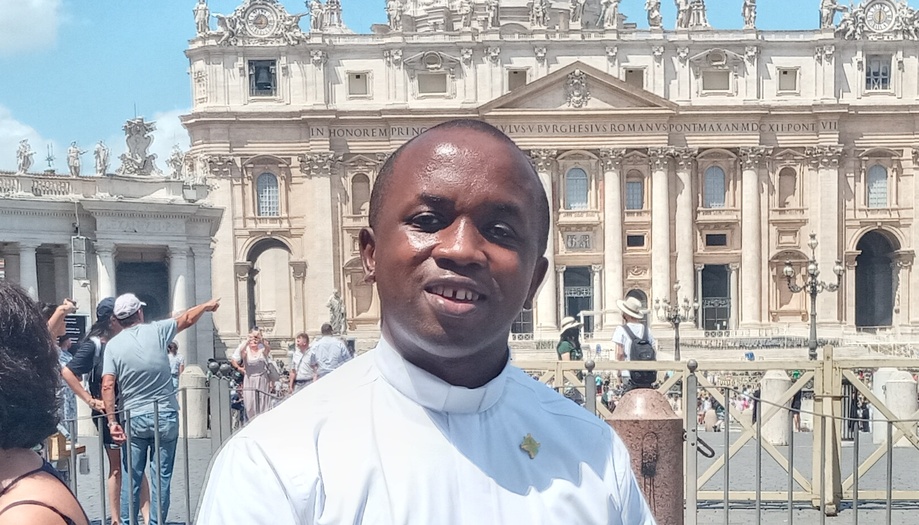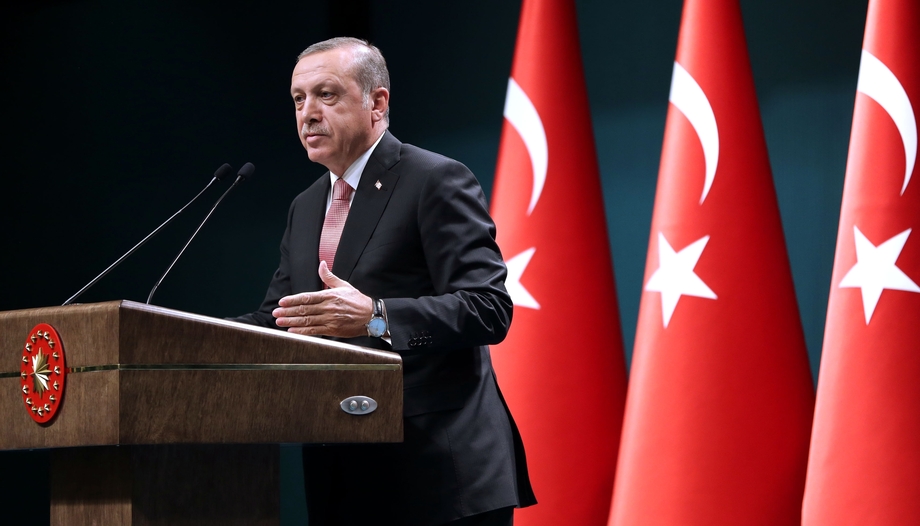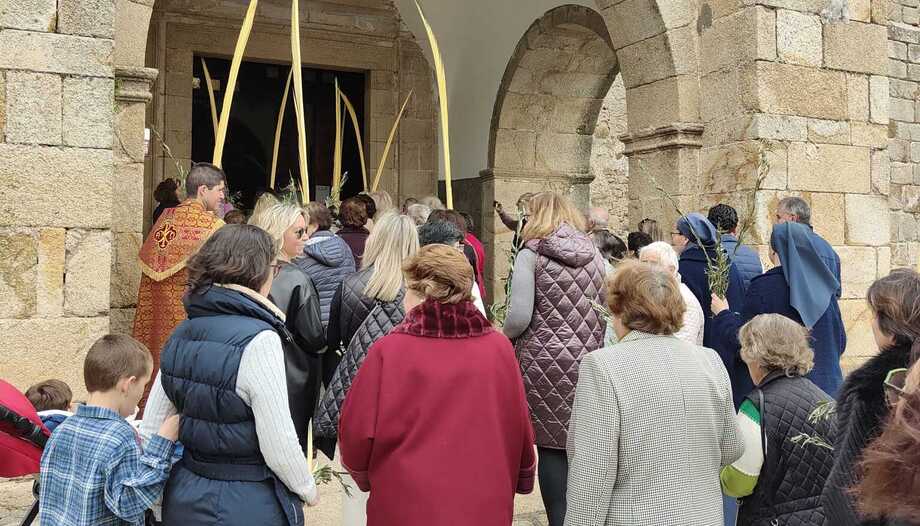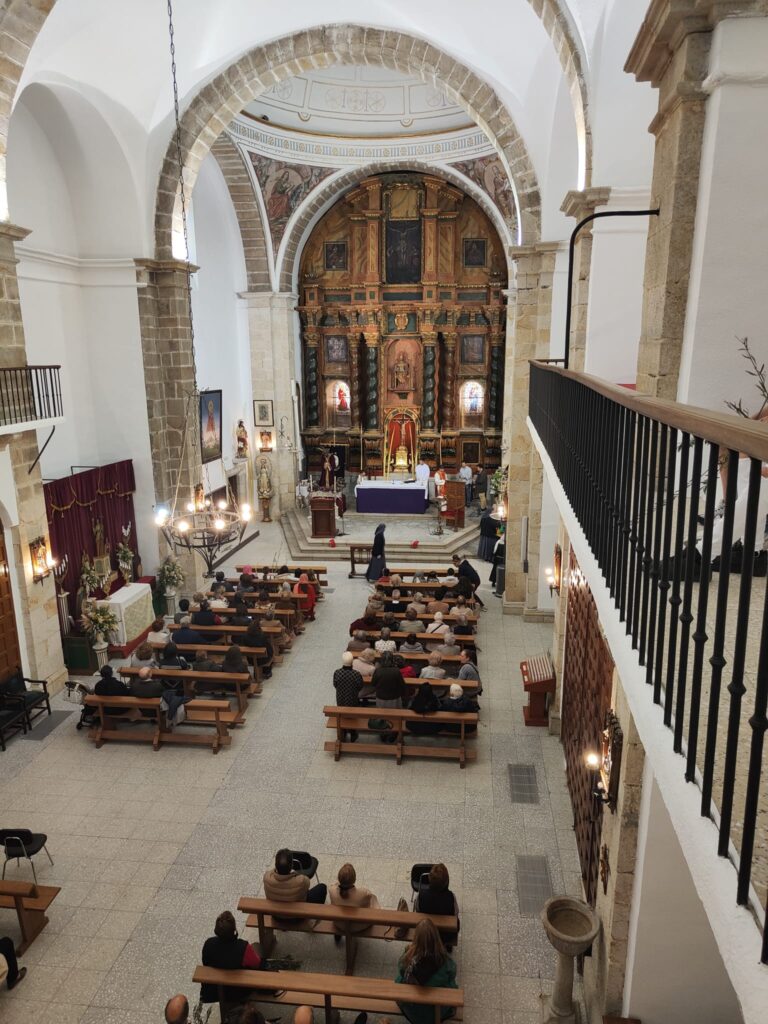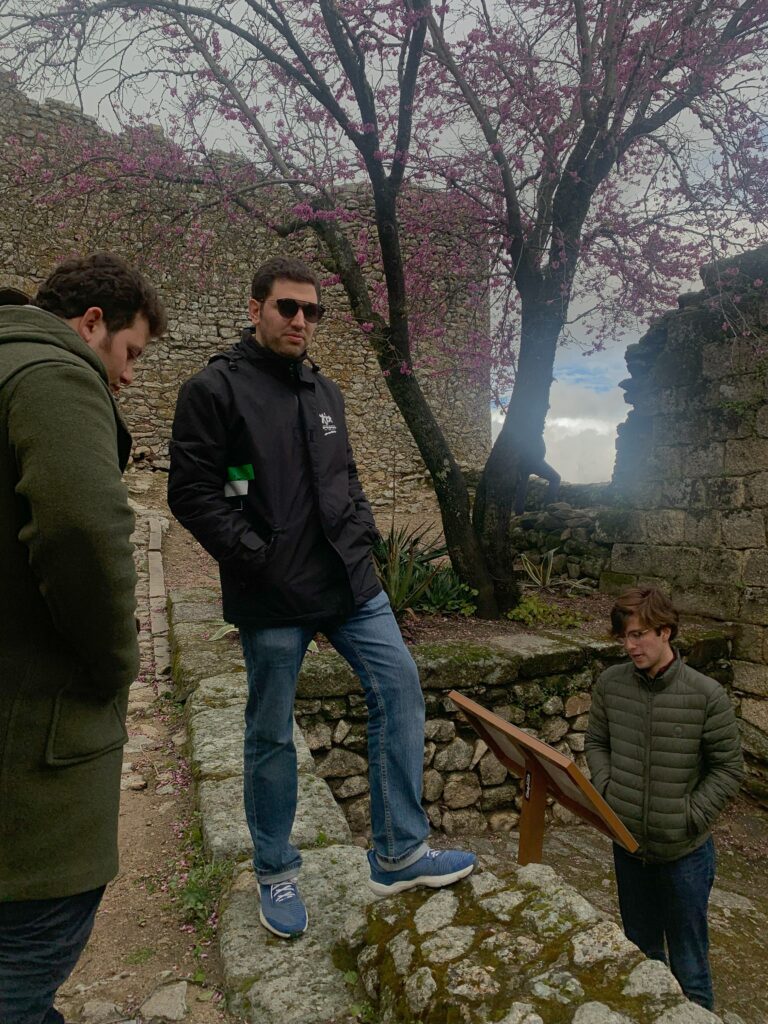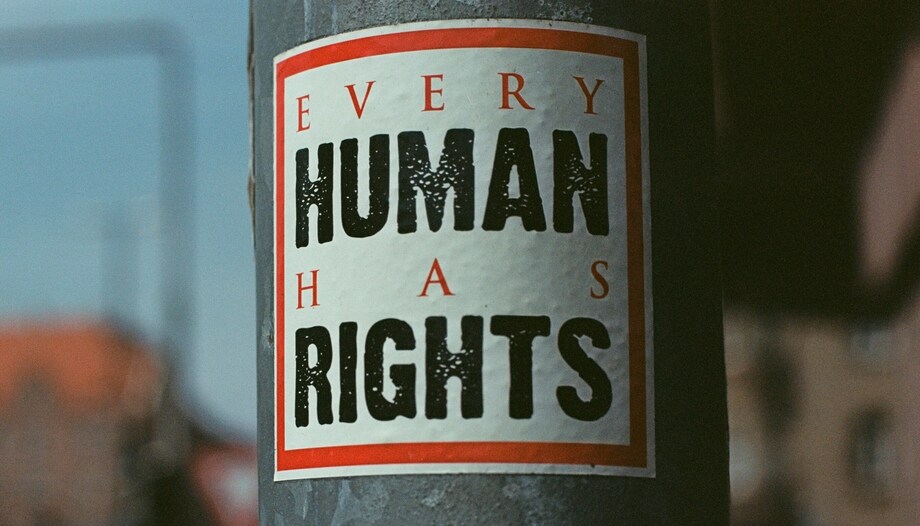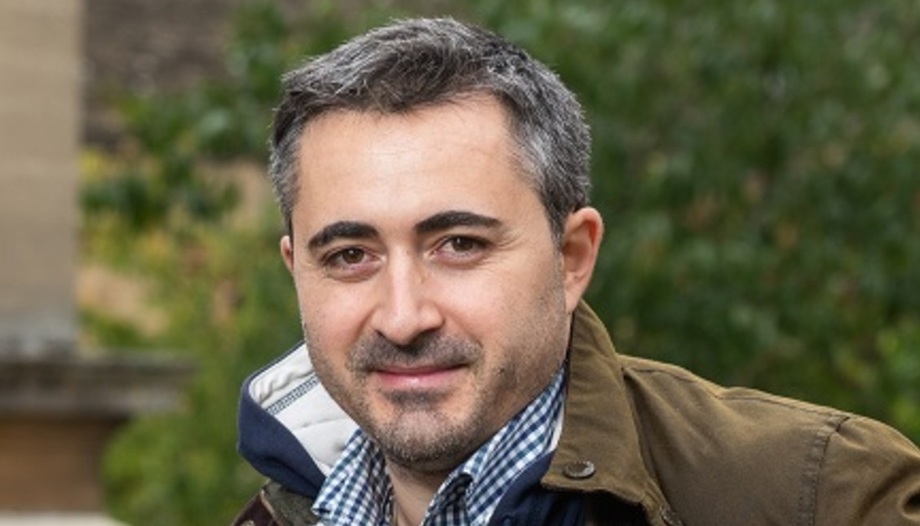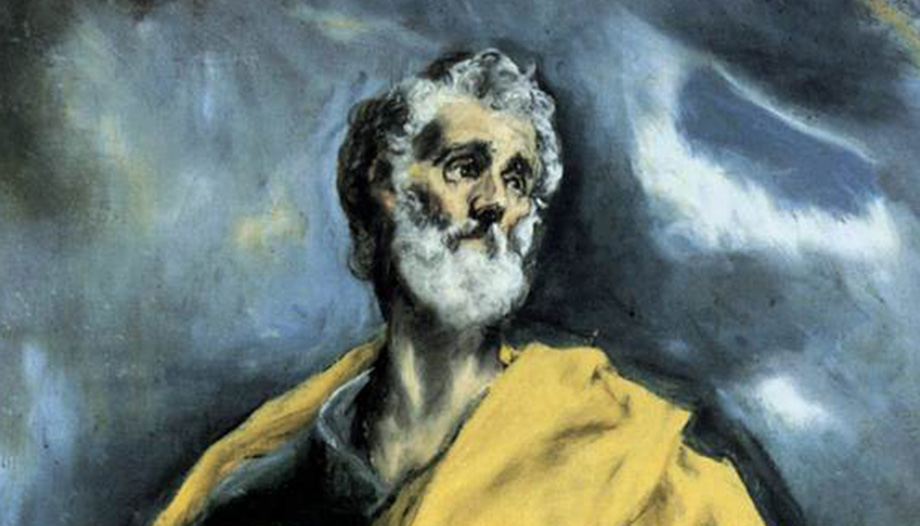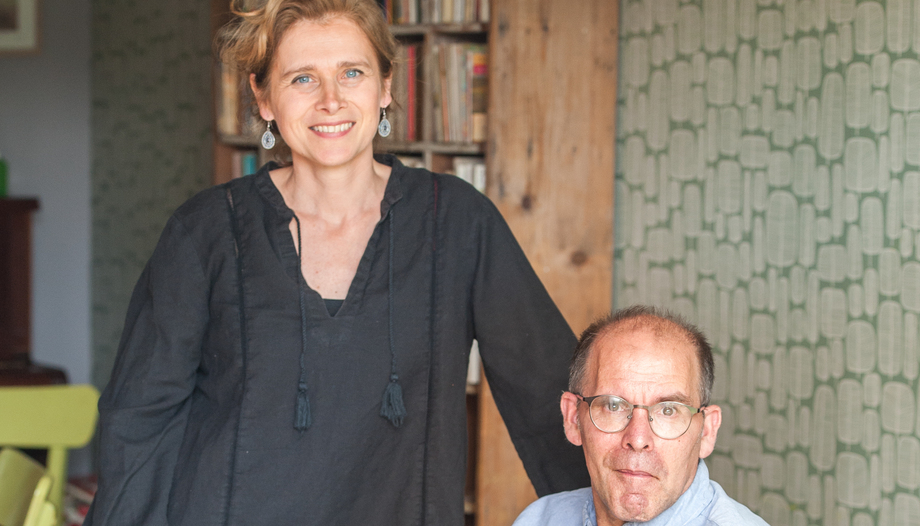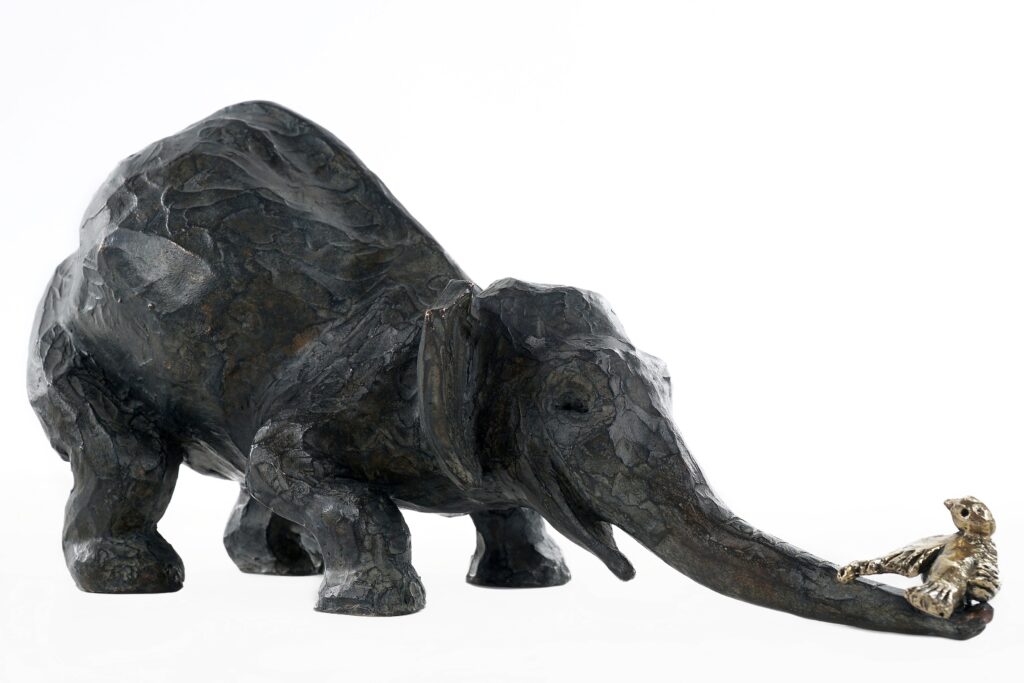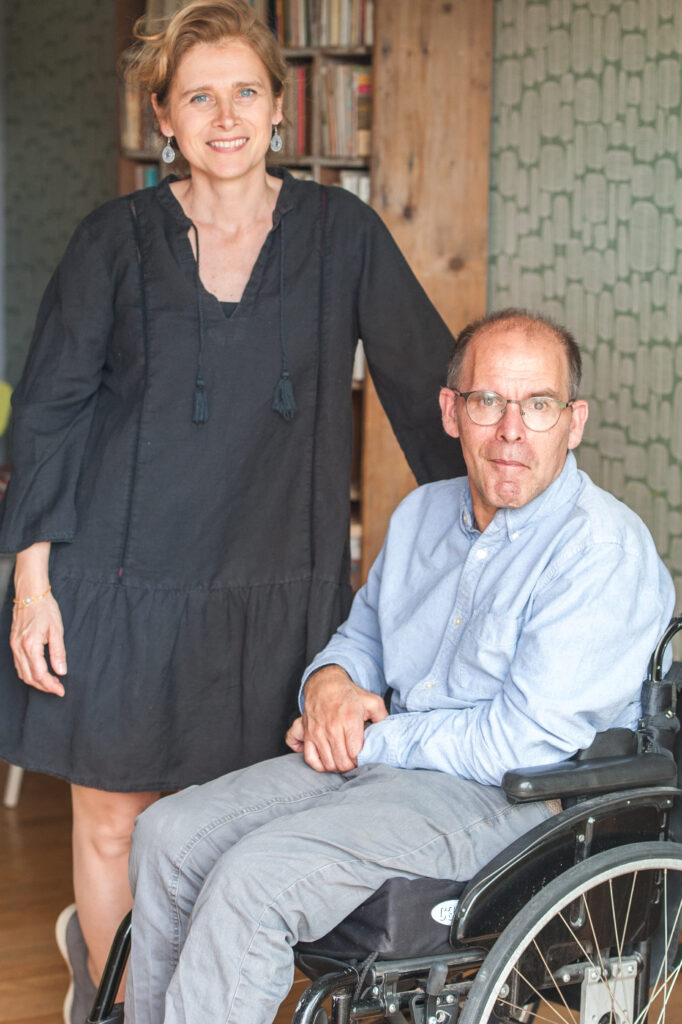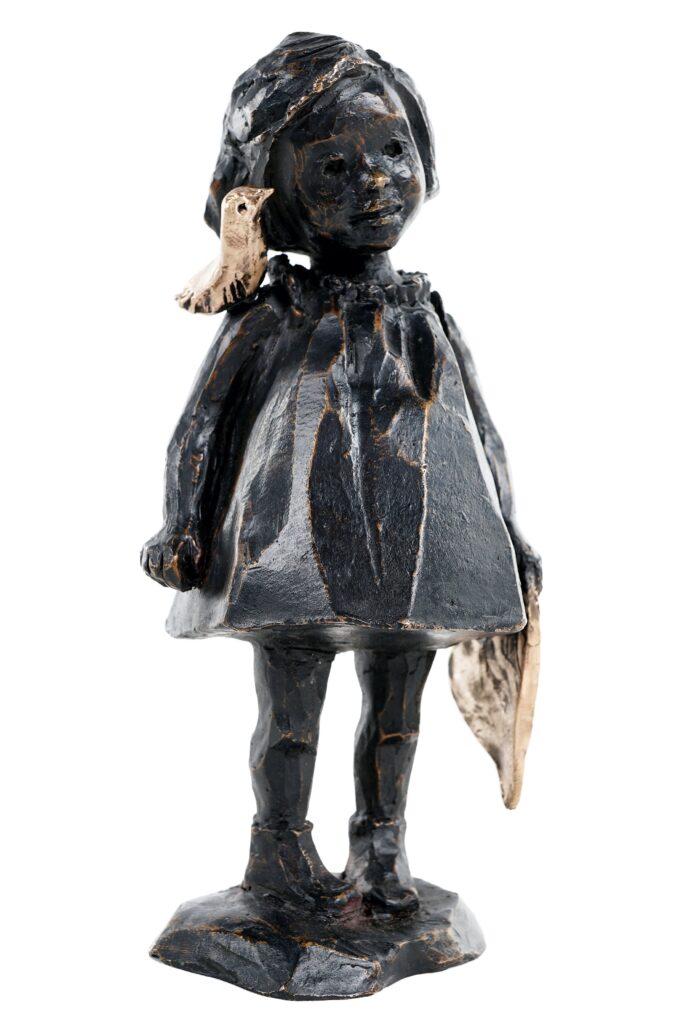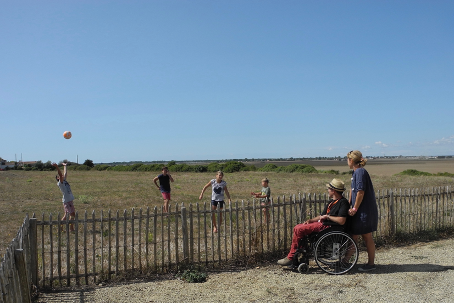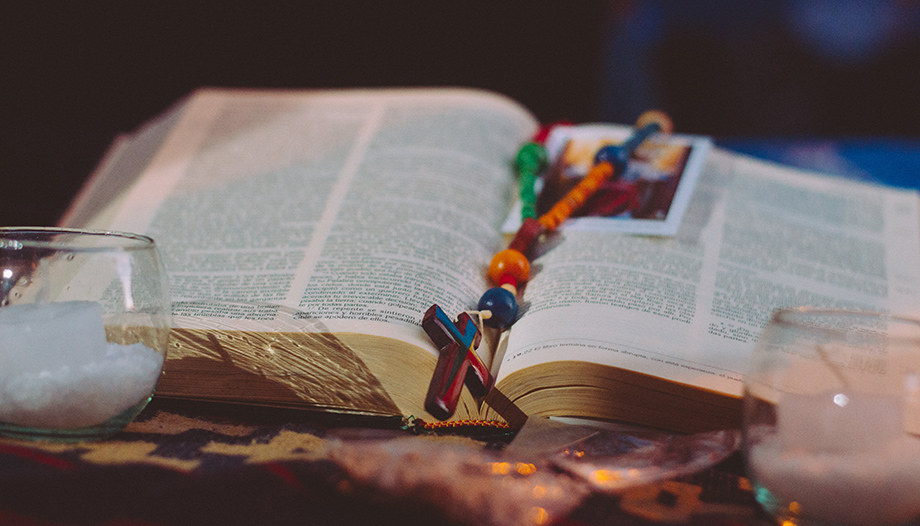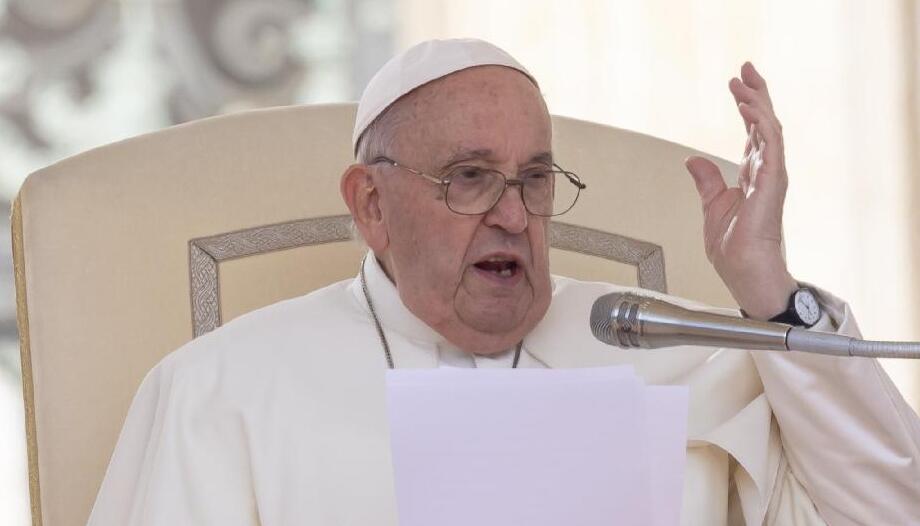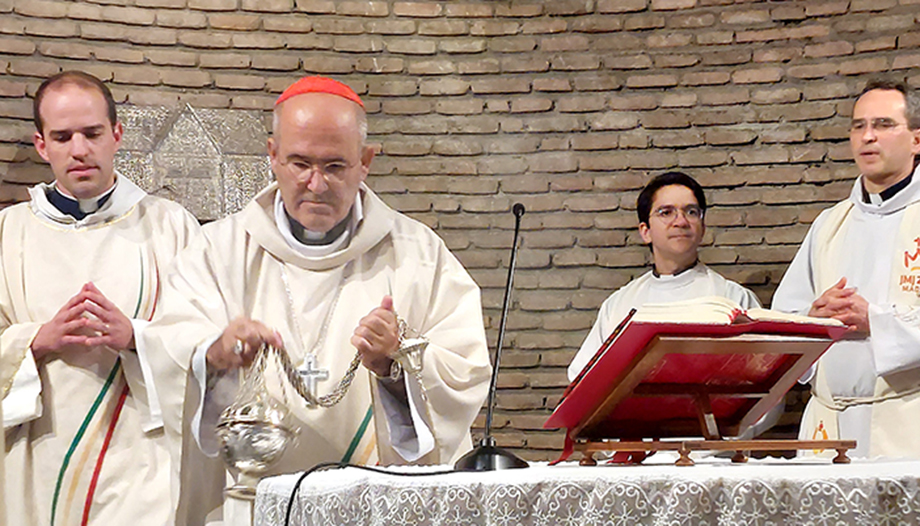The Pentecost holiday, May 19, is approaching, the date on which the new new bylaws of the Pontifical University Gregoriana. It is the oldest and most prestigious academic institution in the Church. It was founded by St. Ignatius of Loyola in 1551, as the Roman College, and in 1873, at the request of Pope Pius IX, it took its present name. Today it has almost 3,000 students from more than 125 countries around the world. Not only diocesan priests, seminarians, religious men and women, but also, in more than 21%, lay people. In 1928, Pope Pius XI wanted to associate the Pontifical Biblical Institute and the Pontifical Oriental Institute to the Gregorian.
We spoke with Father Mark Lewis, a native of Miami, where he was born in 1959, professor of history and rector of the Gregorian since September 2022, who welcomes us to his studio in Piazza della Pilotta, in the heart of Rome.
What are the main novelties of the new bylaws and what will they entail?
The most important change is the unification of the Biblical Institute, the Oriental and the current Gregorian into a new integrated university, to facilitate its three missions, with the organization of an economy of scale, a different organization of an administrative nature, and with the reduction of positions, for example one rector instead of three.
So in addition to facilitating the university's mission there will also be financial savings?
We hope so. At the beginning probably not, because there are integration costs. But, for example, we believe we can save on purchases. For example, we have three libraries, which still have their own spaces, but now there are more and more e-books and e-journals, so if we can buy one subscription for all it will be much cheaper. So is having a single bursar, with centralized purchasing. Little by little we believe we will arrive at this necessary saving.
You have been rector of the Gregorian University for a year and a half. What are the main objectives of your mandate?
My goal, as I said as soon as I was appointed, is to leave the university better than I found it. I believe that the role of the rector is to look to the future, ten years ahead, because the university world is very slow, you don't change direction immediately, and you have to think about what the needs of the moment are and go in that direction. At the beginning of the year I used an image stolen from field hockey, but which can also be applied to soccer. They told me about Messi, who now plays in Miami; they say that in the first half he walks around the field and observes. After a while he knows more or less where the ball is going to arrive. And there it is. It's not easy, I'm not saying I can do it, but this is the challenge, to think about where the Church is going, where the world is going and how we can help both in the future. That's the goal.
And the biggest difficulties?
Probably the fact that an academic institution like this, as I said, is very slow, very traditional. They say that prayer and the Church are the slowest things to change, but I think academia is on the podium! It's about inviting teachers and students to think differently. It's a challenge, but if we succeed it will be a good thing for the future.
The Gregorian is the oldest pontifical university. How does it face the challenges of contemporary culture and globalization today?
In 1551, when it was founded, it was seen as a college, a university for all nations; but then it was Europe: Germany, England, that was the frontier.
Then, little by little, with the missionary success, the whole world came and now we have many countries from which students come. This is a challenge: to create a university community with many cultures. I live here in the Jesuit community and here we also come from all over the world: I think our example, the fact that we are quite happy together, is a good model for everyone, we really see the world from different angles and this is also very important for the university. It is important that the students come to Rome and live this experience in the center of the Church, but also that, through their fellow students, they get to know the whole Church.
I think maybe someone who comes from the United States might know someone else who comes from Burundi, and then when they hear news from that country they might say they know a person from that place, which gives a little more reality to the story and doesn't just make them think of a faraway place. I think this way of contextualizing is very important. The other challenge is teaching theology to diverse cultures. Historically it was in Latin, it was Eurocentric, but now we have to teach Latin American liberation theology, theology that dialogues with many Eastern religions, and this is necessarily our task. I like it because we are "constitutionally" an international university. I hear that many universities in the United States want to have more students from all over the world, we have been like that from the beginning.
And how do you deal with the decline in population and vocations?
It is another challenge because there is a demographic decline in Europe and North America, but here it is very gradual because we welcome students from all over the world and there are countries that are less affected by this phenomenon. For example, we have more and more students from Brazil, and in Vietnam there are also many vocations, so it doesn't affect us as much as some national seminaries. But we also have to think that the number of seminarians tends to decrease. The percentage of lay people cannot grow much more, simply because living in Rome is a bit expensive for our students. We have Italians, we can welcome them quite well, but it is a bit more difficult to invite someone from developing countries. We can give scholarships, but it is not enough for many of them to live.
The Pope has pointed the way for a reform of the ecclesiastical universities and, in particular, has called here in Rome for greater collaboration and synergy among the pontifical universities. What is the status of this work and what are the prospects?
In February last year, students and teachers from the 22 pontifical institutes in Rome met with the Pope and the image I liked the most was that we sang as a choir, not as soloists. Now with this integration of Pentecost there will be two less. But of course, the other side of the coin is to look for more collaboration.
I think it is very important that CRUIPRO, the organization of the rectors of the various pontifical institutes, has already begun to look for situations in which we can collaborate. For example, we have the possibility of exchanging students between universities for the first cycle courses and this allows them to get to know more places in Rome and another way of studying.
Of course, as Jesuits we have done this unification and some say it is a model to follow, but it is much easier when there is only one general, we are all Jesuits, and it is already difficult in itself, but this is the challenge for the others. We know that the six pontifical universities have already begun to reflect a little on this. We do not yet know what the model will be, but we are taking steps in this direction.
You have taught in the United States, where you had a different experience of the way of teaching. Would you like to tell us about it? Can this way be applied here as well? And in general, how can you innovate in teaching while maintaining a high level of quality?
It is the priority of our strategic plan. We had a visit from Avepro, the agency that evaluates the quality of pontifical universities, and we decided that we should try to deepen the quality of teaching. Not to say that we are good, but to study and think about other teaching methods. We are in the process of creating a teaching center for our professors, which will also be open to some of our doctoral students to explore other teaching methods. Pontifical universities have a very strong tradition, like the Italian system, of face-to-face classes with an oral exam at the end. For many years it worked very well and the advantage for the professor is to be able to have 40, 50 or 60 students, but in the age of technology, where students are much more accustomed to individualized teaching, we have to rethink it. One of the things I tried in the United States, and also here until I had to drop the course, is to flip the classroom. We are used to going to the classroom, listening to the lecture, going home and doing written homework. With artificial intelligence this is increasingly problematic. Flipping it around means doing the class online, with a comprehension test, which can also be electronic and checked automatically, so that we come to the classroom with questions, discussions and also homework to do in small groups. It is a possibility, more intensive from the teacher's point of view, and we know that not everyone will follow this modality, but it is my intention to explore this avenue with the faculty.
Collaboration and exchanges, including international ones, are an important element of academic knowledge and dissemination. Is there any plan in this direction? Is it possible to reach a kind of Erasmus also for pontifical universities?
At the moment, as you know, Erasmus scholarships are not available for pontifical universities. We have a network of Jesuit universities and we can take advantage of it, and then the Federation of European Universities has an exchange program that we can also take advantage of. For us, the main obstacle is that seminarians have to be here for priestly formation. The lay people also come to be in Rome: being international students, it is a little less useful for us. At the same time, we welcome many who come from abroad, but even there the challenge is to find a place to live. It's a pity we don't have a residence like other universities, that's an important help.
What is the status of the equivalence of titles with the Italian State?
Steps forward have been taken. We will have a meeting at the Dicastery for Education in the next few weeks, but since the Bologna concordat it was very important for the Church that the universities be part of the European university system. We are and we are not... finally the Italian State has started to recognize the equivalence of courses; it is not a recognition of the degree, but it allows you to go ahead in the state universities.
The Church is preparing to experience two great world events: the second part of the Synod on Synodality and the Jubilee of 2025. The presence of students from all over the world gives the Gregoriana the opportunity to have a very broad vision in this perspective. What can be the contribution of the academic world to these two events?
Many of our professors participate in the Synod as members, experts and facilitators. At the beginning of last year's session we did a conference on synodal theology, at the end we plan to do something based on this experience. I think it is a way to open and close the Synod with an academic and theological slant. The Jubilee is an occasion that I like very much because it is an opportunity to welcome people from all over. I am thinking of doing something here with some embassies to share the art and experience of the Church in their country, maybe in the Quadriportico, so that first of all we celebrate the Jubilee but we also celebrate here, in the center, the Church present all over the world, taking advantage of this movement from the periphery to the center. Not forgetting that we have a diploma in cultural heritage that prepares guides that can possibly be used in the Holy Year.
-Rome





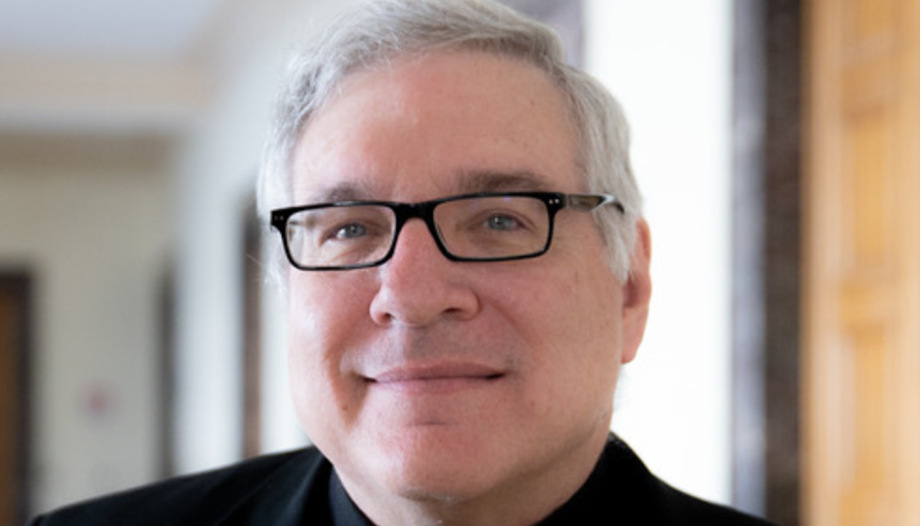
 The Pontifical Gregorian University to have new general statutes
The Pontifical Gregorian University to have new general statutes






